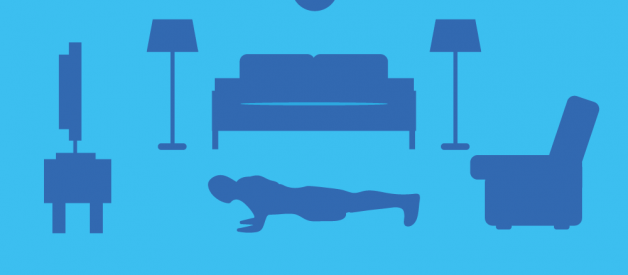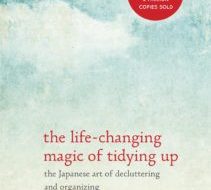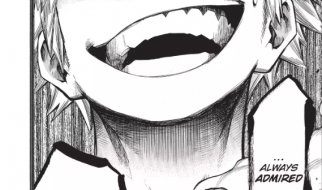A guide to constructing your own muscle building home workout
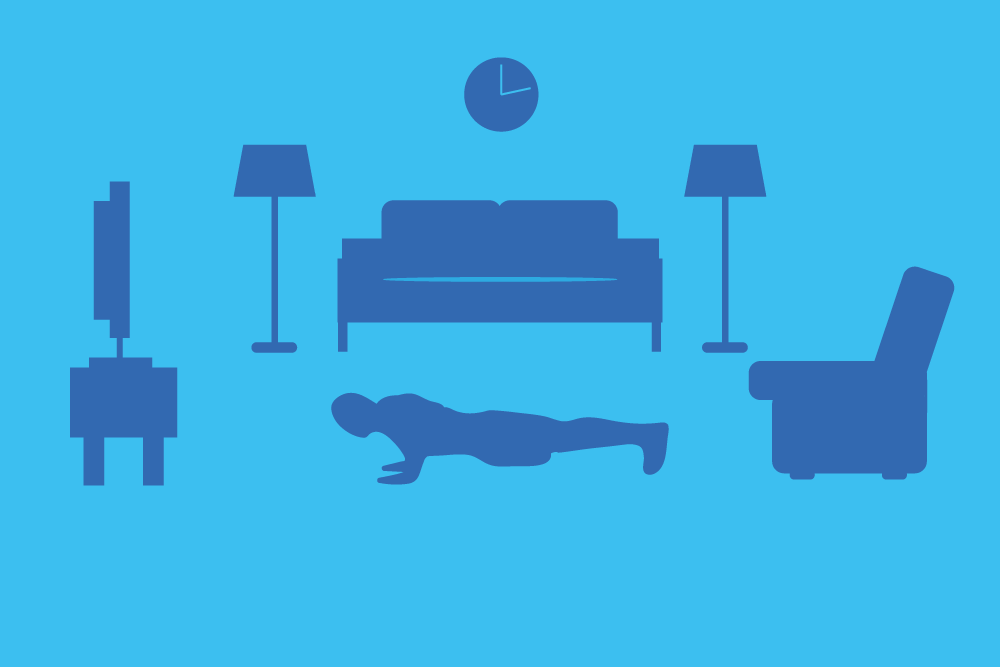 All illustrations by the author.
All illustrations by the author.
As gyms around the world close due to the unfortunate spreading of coronavirus, many are left with no choice but to work out at home. Many are worried that their hard efforts in the gym will go to waste, dreading the loss of muscle.
This supposition is based on the notion that bodyweight home workouts are inferior for building muscle.
However, fortunately, this notion is wrong.
We actually have strong evidence to suggest bodyweight exercises can build muscle just as effectively as weights.
My Experience With Bodyweight Training
Before I even began lifting weights, I trained exclusively with bodyweight exercises for around a year and a half.
During this time, I would research and experiment on myself, finding out different ways one could construct and progress their own bodyweight muscle-building program.
Aside from this, there are a few times where I have reverted back to bodyweight regimes, mainly when I found myself on vacations. These were particularly useful experiences, as it allowed me to refine and experiment with various bodyweight programs from the perspective of having had more gym training.
I was actually quite pleased and even somewhat surprised with the results of my vacation training?two months of a bodyweight regime.
When I did return to lifting weights, I found the bodyweight exercises had a beneficial transfer to my barbell and dumbbell exercises. After adjusting to performing my typical barbell and dumbbell exercises, I was able to break my personal records on a few of these movements.
Given I was not performing these movements for two months, neurological adaptations or increased skill of the movements would not account for this. So, this pretty much indicates muscle growth was the reason.
Why Can Bodyweight Exercises Build Muscle Just As Effectively as Weights?
To answer this, we need a brief overview of what causes muscle growth in the first place.
Currently, the research suggests that physiologically, mechanical tension is the primary driver of muscle growth. Mechanical tension includes both active tension and passive tension.
Active tension is the force generated by the muscle fibers themselves. For those with knowledge of muscle physiology, this is where the myosin pulls on actin.
Passive tension is the force generated by the stretch of the muscle ? more specifically, the stretch of titin (a component within muscle fibers) and the extracellular matrix (surrounding muscle fibers).
Mechanosensors within and around muscle fibers detect mechanical tension and initiate a signaling cascade that ultimately results in muscle growth.
Here?s the thing: active tension and passive tension are not exclusive to weights.
Passive tension relates to the particular exercise. Some exercises stretch the working muscles more than others. Additionally, passive tension appears to have additive effects on muscle growth when combined with active tension.
So, exercises in which the stretched position coincides with the hardest point are likely particularly great for muscle growth. For instance, in the lower portions of the bench press and squat, the muscles working are stretched but simultaneously producing high levels of active tension (as the hardest part of these exercises is the lower portion).
Bodyweight movements are capable of achieving this, such as the squat itself and the push-up.
But what about active tension?
As mentioned, active tension is simply the force generated by the muscle fibers. In essence, muscle growth would be maximized if we create high levels of active tension ? in other words, high levels of muscle fiber recruitment.
We know muscle fibers are recruited in a progressive sequence:
- When force requirements are low, slow-twitch, low-force producing fibers are primarily recruited.
- With greater force requirements, faster twitch, greater force-producing fibers are recruited.
Based on these principles alone, you may be tempted to think that heavy weights are required to recruit all of these slow-twitch and fast-twitch fibers.
It is true that heavier weights readily activate the majority of a muscle?s fibers, simply because force requirements are already high. However, this is ultimately inconsequential.
When we use a light resistance, we can recruit the majority of a muscle?s fibers by performing reps to failure (the point where another rep cannot be completed): force requirements increase as we approach failure, necessitating the recruitment of fast-twitch, high force-producing fibers.
Thus, we can achieve high levels of active tension, and by extension, optimal muscle growth with both light resistances (analogous to bodyweight) and heavier resistances.
Indeed, longitudinal research assessing muscle growth supports this. A 2017 meta-analysis by Schoenfield et al. found loads between 30% one-rep max and 85% one-rep max (equating to reps between 5 and 40) similarly induced muscle growth, provided reps are performed to failure.
Applying this to bodyweight training would simply mean we need to select an exercise that we can take to failure within the 5 to 40 rep range.
As we?ll uncover later, there are plenty of bodyweight exercises on which we can achieve this, regardless of your training experience.
Before we move on, though, it must be noted that a resistance can be too light to elicit optimal muscle growth. A 2018 study by Lasevicius et al. found that using a resistance equivalent to 20% one-rep max was inferior for muscle growth compared to resistances between 40% one-rep max and 80% one-rep max.
Using a resistance equivalent to around 20% one-rep max generally means you perform 60+ reps to achieve failure. Thus, selecting bodyweight movements on which you can execute more than 60 reps is likely inferior for muscle growth, perhaps because it fails to maximize active tension.
The threshold may even be lower than 60 reps. Therefore, to err on the side of caution, it?s best to ensure we select bodyweight movements that allow us to achieve failure within the 5 to 40 rep range.
Using Movement Patterns to Select Bodyweight Exercises
Now that we understand why and how bodyweight movements can be just as effective as weights, it?s time to discuss how we can go about constructing your own routine.
There are many different methods you can use to select exercises. However, I feel the simplest way to achieve this is by selecting exercises based on movement patterns.
There are also many different versions of classifying basic movement patterns. Below is the one I feel is most suited for building muscle (note, I?ve also detailed the muscle groups trained beside each movement pattern):
- Horizontal press: chest, triceps, deltoids, and abdominals
- Horizontal pull: back, biceps, forearms, and abdominals
- Vertical press: deltoids, triceps, and abdominals
- Vertical pull: back, biceps, forearms, and abdominals
- Knee dominant: quadriceps, glutes, adductors, and calves
- Hip dominant: glutes, hamstrings, and calves

It?s worth mentioning that despite horizontal and vertical variations targeting the same muscle groups, the inclusion of both is preferred, as the use of different angles results in different portions of these muscle groups being targeted.
Collectively, selecting exercises based on these movement patterns would mean the majority of muscle groups in your body are trained.
Individually, some muscle groups may be under-stimulated, and so the inclusion of specialized single-joint bodyweight exercises (that train primarily one muscle group) may be required. We?ll discuss this more later on, but first, let?s dive into each one of these movement patterns to uncover the different bodyweight exercises we can select.
Horizontal presses
The only way to get your body to press horizontally with a good degree of resistance is to perform some variation of push-ups.
Some of you who have had a lot of training may believe that the push-up is too easy and thus not an optimal training stimulus. However, as discussed at length earlier, so long as we can select a push-up variation that we can take to failure within the 5 to 40 rep range, muscle growth should optimally be achieved.
Further supporting this is a 2017 study by Kikuchi and Nakazato. 18 trained males performed either the bench press (probably the most popular horizontal press in the gym) or the push-up for 8 weeks.
The bench press group used 40% of their one-rep max (and performed more than 30 reps per set), while the push-up group adjusted their hand and feet positions position to mimic a resistance that would be similar to a 40% one-rep max bench press.
After 8 weeks, both groups similarly increased the thickness of their pectoralis major (chest) and triceps.
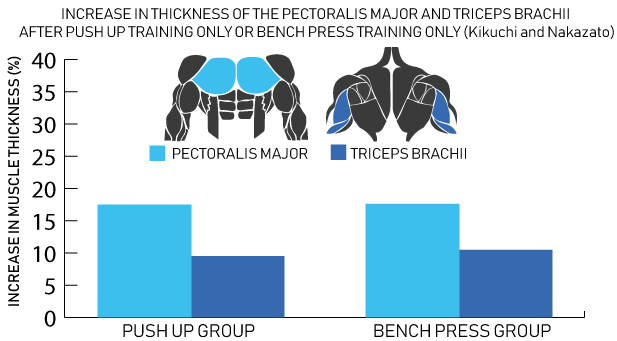
As they did in the study, depending on current abilities, you may want to adjust the standard push-up to stay within the 5 to 40 rep range.
Regardless of your training experience, I?m quite confident everyone can find a variation they can do.
Here is a list of push-up variations ordered by difficulty level:
The standard push-up. One of the reasons many feel the push up is too easy is simply because they don?t perform it properly in the first place. It can actually be quite difficult performing multiple, proper, repetitions ? descending your chest to the floor and ascending to full elbow lockout.

Push-ups with elevated feet. Elevating your feet shifts a little more weight on to your upper body, therefore making it slightly more challenging for your chest, triceps, and deltoids. To elevate your feet, you could use a chair, couch, or any box-shaped object.

Explosive push-up variations (clap push-ups, in the image). As you need to elevate your arms off the ground, these require you to produce more force with the chest, triceps, and deltoids on the concentric phase (upwards phase).
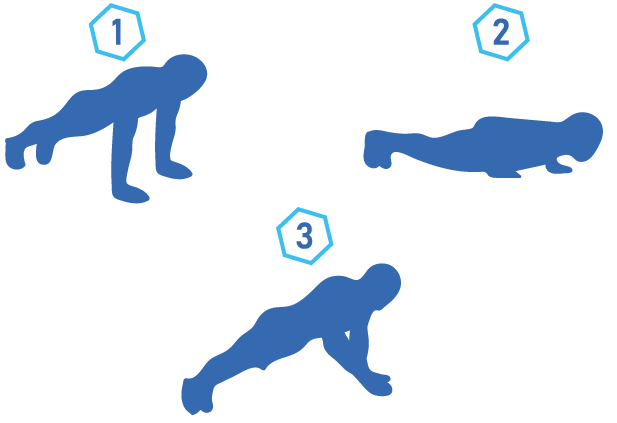
Push-ups with one arm elevated slightly. The purpose of this movement is to shift the weight to the arm that is not elevated. It?s a pretty good movement that can be used to develop the strength required to perform a single-arm push-up.
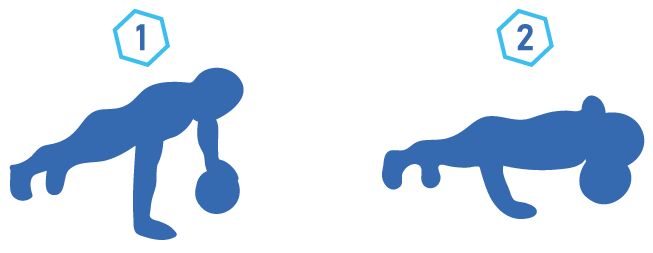
Single-arm push-ups. These are pretty much as difficult as the push-up can get.

Horizontal pulls
Compared to horizontal presses, horizontal pulls are slightly less practical. But essentially, we?d want to perform some inverted row variation.
Unfortunately, something to pull against is required. But hopefully, you can find something in your home, such as a table, to do this on safely.
Here is a list of inverted row variations, ordered by difficulty level:
Inverted rows with bent legs. You must ensure the stability of the table you use. If the table lifts from the opposite side, make sure to pile some form of weight (such as books) on it to prevent this from happening.

Additionally, you?re probably going to want to perform the movement slightly slower than normal to help minimize movement of the table. (If you can?t stabilize a table, use single-arm backpack rows instead?directions for them follow this section.)
Inverted rows with straight legs. This variation decreases the support your legs apply, thereby making the pull more challenging.

Interestingly, research by Edelburg et al. found this inverted row variation elicited similar back activation to the barbell bent-over row (one of the most popular horizontal pulls in the gym).
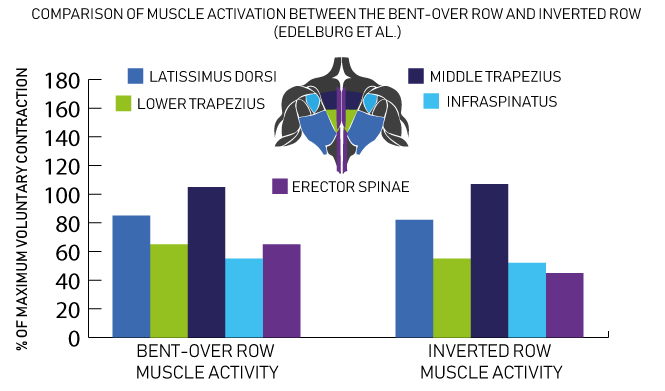
Although as we can see, the inverted row does not activate the erector spinae to the extent of the barbell bent-over rows. This would likely apply to all inverted row variations.
If you wish to stimulate the erector spinae to a high degree, the superman exercise is a good bodyweight movement that does this.

Single-arm inverted rows with bent legs. Of course, this increases the difficulty of the exercise by requiring you to pull your body weight up with a single arm.

Single-arm inverted rows with straight legs. Again, this decreases the extent to which your legs support you, making it more challenging for that single-arm compared to the bent leg variation.

If you don?t have anywhere in your house where you could perform inverted rows, the best alternative is probably single-arm backpack rows.
To remove the hassle of finding objects heavy enough to row with both hands, it?s simpler to just perform single-arm rows.

You?d want to fill your backpack with objects around your household, ensuring it?s an adequate weight to take to failure within the 5 to 40 rep range.
Alternatively, instead of a backpack, you may have access to other objects that are heavy enough, such as a water jug.
Vertical presses
With vertical presses, we?re actually going to use push-up variations as well. However, as expected, instead of positioning your body horizontally, a more vertical position is required.
Here is a list of different bodyweight movement that does this, ordered by difficulty level:
Pike push-ups. Compared to a regular push up, the distance between your feet and hands are decreased, resulting in your torso being more vertical.
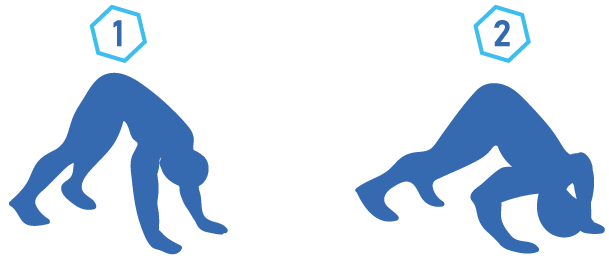
Pike push-ups with elevated feet. Similar idea to the elevated feet push-ups, this variation shifts the weight more to your upper body, resulting in the movement being more challenging for your deltoids and triceps. Again, to elevate your feet, you could use a chair, couch, or any box-shaped object.
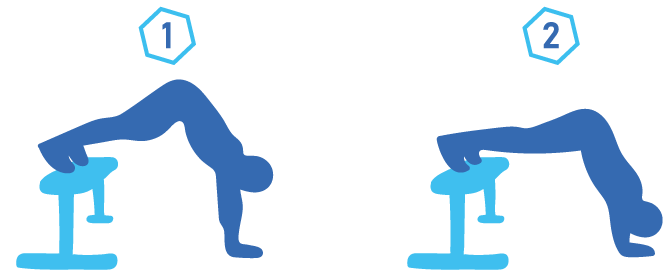
Wall-assisted handstand push-ups. Handstand variations pretty much result in your body being as vertical as possible. Moreover, given your legs are off the ground, the support they provide is significantly less.
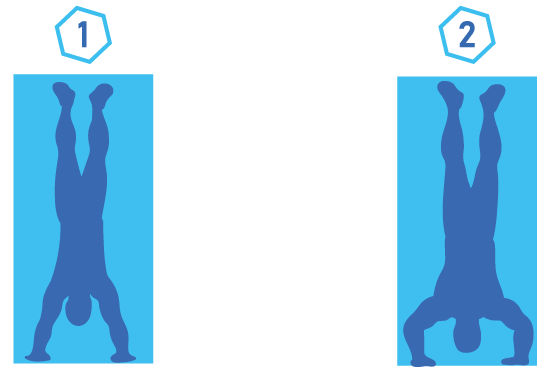
Handstand push-ups. This variation completely removes any support your legs provide. Consequently, your body weight is primarily supported by your deltoids and triceps.
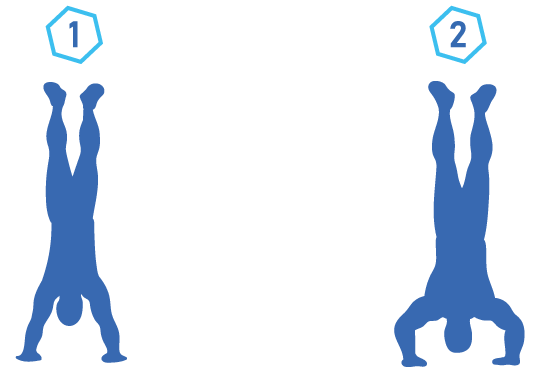
Vertical pulls
Pull-ups are the only bodyweight vertical pulls. Unfortunately, like the issue with horizontal pulls, they require some form of equipment.
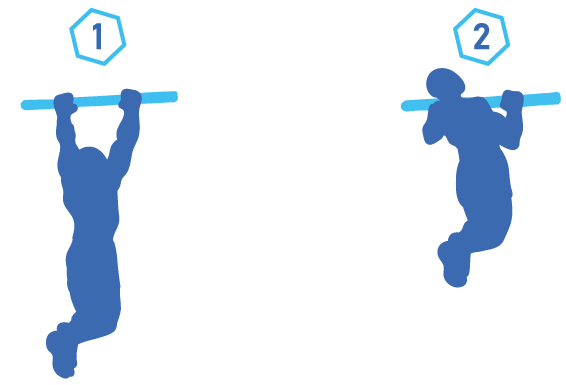
Even worse is, contrary to inverted rows, there really aren?t any typical household items that pull-ups can safely be performed on.
You may be lucky enough to have a door pull-up bar. If you do, or if you have somewhere else you can perform pull-ups, great! But if not, It?s probably best to just perform extra volume (sets) on your horizontal pulls.
As we know, both horizontal pulls and vertical pulls work the back and biceps. Although, as mentioned earlier, horizontal and vertical variations do target different portions of these muscle groups.
You?re just going to have to make do with what you?ve got.
Knee dominant movements
This movement requires a good degree of knee flexion and extension. Although, all the exercises here also include hip flexion and extension. Both the quadriceps (carries out knee extension) and glutes (involved in hip extension) are trained.
When it comes to bodyweight lower body exercises, many may think of the squat. This is a good exercise and will optimally build muscle if you can achieve failure within the 5 to 40 rep range.
However, for many, especially trained individuals, this will not be the case. Therefore, we need more challenging variations, such as single-leg squat variations.
Here is a list of these ordered by difficulty level:
Bulgarian split squats. A chair, couch, or any box-shaped object could be used to elevate your back foot.
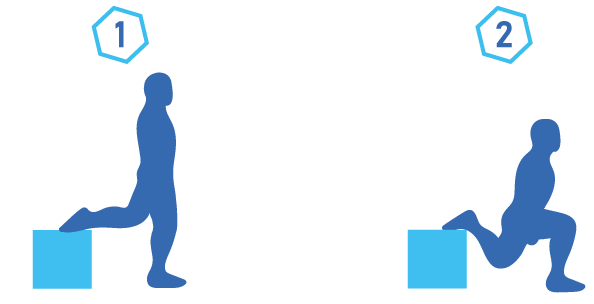
Single-leg box squats. Of course, the higher the object used to sit on is, the easier the movement. Again, a chair, couch, or any box-shaped object could be used to sit on.
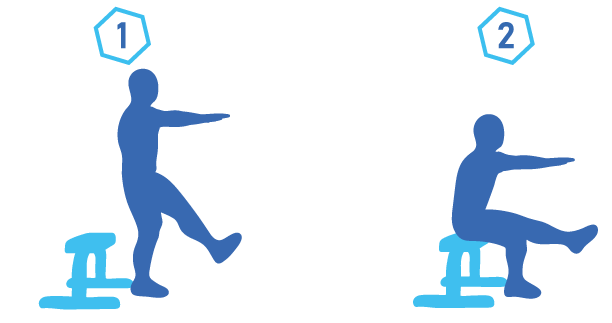
Assisted pistol squats. These allow a greater range of motion at the knee. Anything can be used as assistance, such as a chair.
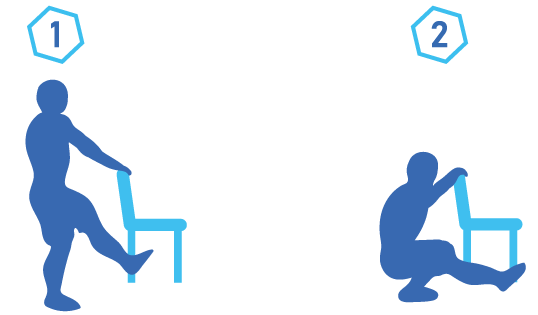
Pistol squats. Any assistance is completely removed and the entire body weight is on the single leg.

Hip dominant movements
As expected, these movements require hip flexion and extension predominantly. Slight movement at the knee may occur, but the glutes and hamstrings would be the main muscles contributing to the exercise.
Overall, there probably isn?t a much better bodyweight hip dominant movement (that requires only minimal equipment) than the hip thrust.
Here is a list of hip thrust variations, ordered by difficulty level:
The standard hip thrust. Note, for all of these variations, something to rest your upper back on is needed ? this could be a chair, couch, or any box-shaped object.

The standard hip thrust with elevated feet. By elevating your feet, you?re able to achieve greater hip flexion in the bottom position, thus increasing the overall range of motion. The elevation need not be excessive.
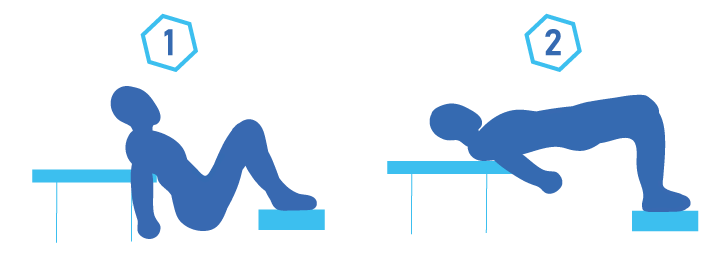
Single-leg hip thrust:

Single-leg hip thrust with elevated feet:
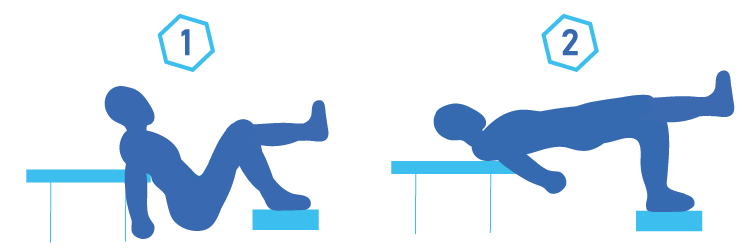
Single-joint exercises
As mentioned earlier in this article, single-joint exercises (exercises that train primarily one muscle group) are useful to target any muscles that may be under-stimulated.
The single-joint exercises you do select will depend on what exercises you are already performing, individual differences, and the equipment you have available.
If you have access to bands (or even dumbbells), there are many good options, including:
Tricep extensions:

Bicep curls:

Lateral raises:
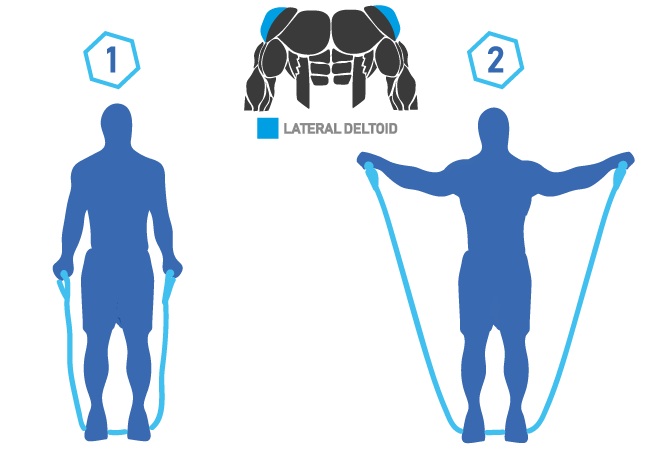
If you do not have access to band or dumbbells, there are still some good bodyweight options available:
Bodyweight tricep extensions:

I?m not sure this one even has a name, but it primarily works the lateral head of the deltoid.
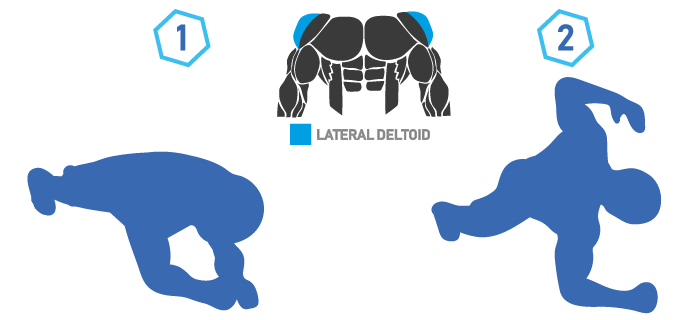
Calf raises. If you have a staircase, this is a good place to perform them. To increase the difficulty, these can be performed on a single-leg.
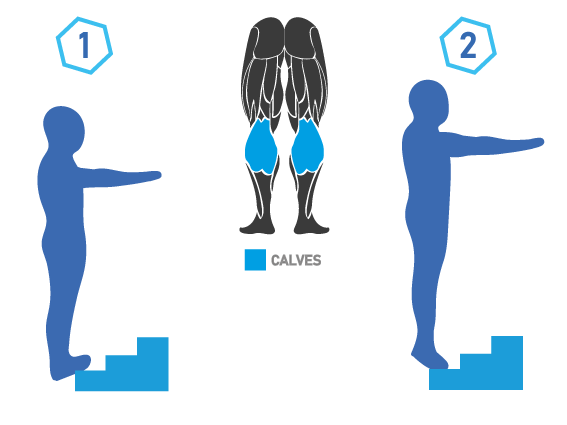
Putting It All Together
There are a thousand ways you could go about applying this information to construct a solid training program.
So keep in mind the methods presented here are just one of many.
I?ve outlined three different routines below ? one for a beginner, intermediate, and advanced trainee.
Note that the terms beginner, intermediate, and advanced are general. Depending on the individual, they may be able to mix and match between these programs.
An example beginner program:
AMRAP = as many reps as possible
- Push-ups: 3 sets of AMRAP
- Inverted rows with bent legs or backpack rows: 3 sets of AMRAP
- Pike push-ups: 2 sets of AMRAP
- Pull-ups (or a horizontal pull if you have no pull-up bar): 2 sets of AMRAP
- Bulgarian split squats: 3 sets of AMRAP
- Hip thrusts: 3 sets of AMRAP
Ideally, beginners would repeat this workout two or three times per week.
Additionally, 1?2 single-joint exercises could be added to a workout.
An example intermediate program:
AMRAP = as many reps as possible
- Clap push-ups: 4 sets of AMRAP
- Inverted rows with straight legs or backpack rows: 4 sets of AMRAP
- Pike push-ups with elevated feet: 3 sets of AMRAP
- Pull-ups (or a horizontal pull if you have no pull-up bar): 3 sets of AMRAP
- Single-leg box squats: 4 sets of AMRAP
- Single-leg hip thrusts: 4 sets of AMRAP
Ideally, intermediates would repeat this workout three times per week.
Additionally, one to two single-joint exercises could be added to a workout.
Example advanced program:
AMRAP = as many reps as possible
- Single-arm push-ups: 5 sets of AMRAP
- Single-arm inverted rows with bent legs or backpack rows: 5 sets of AMRAP
- Pike push-ups with elevated feet: 4 sets of AMRAP
- Pull-ups (or a horizontal pull if you have no pull-up bar): 4 sets of AMRAP
- Pistol squats: 5 sets of AMRAP
- Single-leg hip thrusts with elevated feet: 5 sets of AMRAP
Ideally, advanced trainees would repeat this workout three or four times per week.
Additionally, one to three single-joint exercises could be added to a workout.
Understanding the details
All three of these programs are full-body, meaning each session trains the majority of muscle groups in the body.
Each workout includes one exercise per movement pattern.
As demonstrated in the three programs, the biggest difference between beginners and advanced trainees, apart from the exercises used, is the amount of volume (in the form of sets) they perform.
Generally, beginners are fairly adaptive to minimal volume, whereas more trained individuals require greater volumes to continue gaining muscle most productively.
These reasons are also why beginners don?t need many single-joint exercises. The exercises selected based on movement patterns will do a good job of stimulating overall muscle growth.
As an individual gains training experience, they will gain a better sense of what muscle groups need extra work?this can be highly individualized?and will be able to determine which single-joint exercises are worth including in their regime.
For the sake of simplicity, the example routines include one exercise per movement pattern. But you could select a few exercises per movement pattern and distribute them across the week.
For example, let?s say you are training three times per week. For your horizontal presses, you may perform the standard push-up on Monday, the push-up with elevated feet on Wednesday, and an explosive push-up on Friday.
Another thing worth reiterating is that you perform as many reps as possible each set. This ensures each set is carried out to failure.
As stated previously, muscle growth is similarly achieved across the 5 to 40 rep range, provided reps are taken to failure.
Evidence does suggest training to failure with light resistances, analogous to bodyweight movements on which you can perform 20+ reps, is needed to maximize muscle growth.
This relates to the ideas of muscle fiber recruitment discussed earlier. To achieve high levels of muscle fiber recruitment with a light resistance, taking sets to failure is required.
Applying Progressive Overload
Progressive overload refers to increasing training variables (intensity, volume, frequency, or time) to increase muscle growth.
Unless you have access to weighted equipment, the two primary ways to apply progressive overload are to either add reps or to perform a more challenging variation of the exercise.
If you are performing as many reps as possible per set, you should naturally be performing more reps as time goes by.
Beginners may notice that you can complete more reps each time you perform an exercise, given adaptations (muscle and strength gains) that take place quickly.
If you are an intermediate or advance trainee, adaptations will come more slowly. You may be able to perform more reps every-other time you perform an exercise, or even more infrequently than this.
Additionally, if you can complete more than 40 reps per set for an exercise, or if you just wish to stay within the lower rep ranges, you can progress through performing a more challenging variation of that exercise.
In general, you?ll probably want to keep progressing in some way?more reps, or a more challenging variation of the exercise.
That wraps it up. I hope this article convinces you that gyms, although convenient and nice, aren?t necessary to build muscle.
Remember, the examples programs detailed here are just this ? examples. I encourage you to experiment and create your own routines based on the general outlines here, your preferences, and your schedule.
